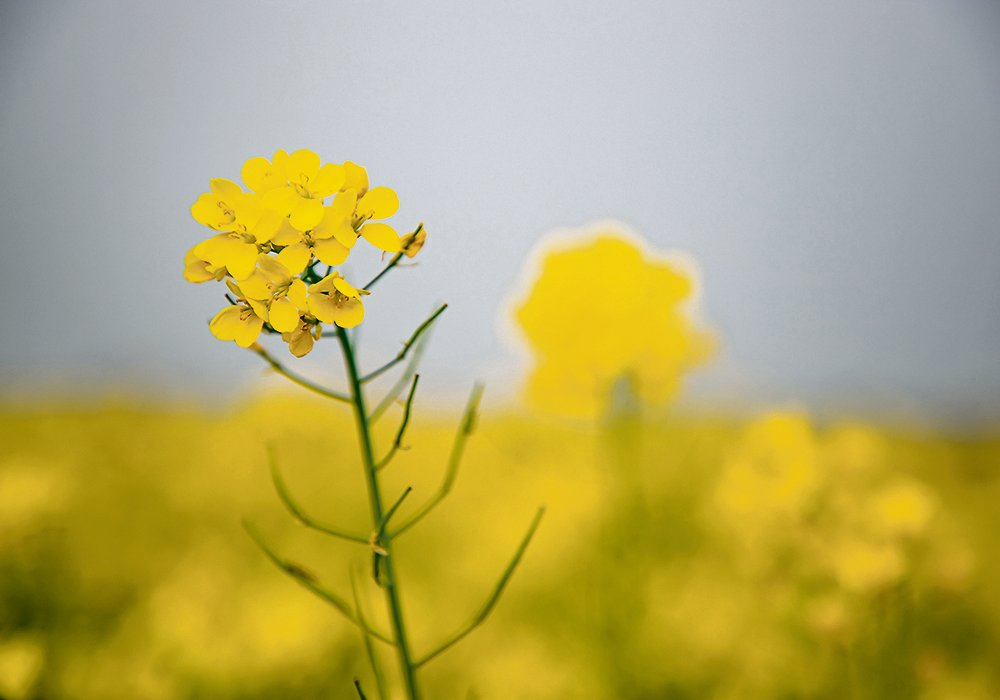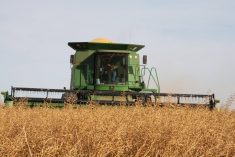While grain and canola crops get much of the attention on the Prairies, some specialty crops are having their own day in the sun this year as seeding gets underway.
Following excessively dry conditions, Rick Mitzel, executive director of SaskMustard, said the mustard crop has rebounded and is looking good heading into the 2023 growing season.
“It looks like the acres are going to be up, even from last year,” he said. “It’s a long ways from the bin so it’s hard to tell how it’s going to turn up at the end of the day but from the growers I talked to, the seeding conditions are pretty good. There’s moisture in the ground.”
Read Also

Feds propose overhaul of chronic wasting disease control program
Chronic Wasting disease control program getting updated by Canadian Food Inspection Agency with feedback encouraged from producers.
Some seeding has begun but Mitzel said he’d like to see more precipitation over the hot, dry conditions forecast through the middle of May in the province.
He expects seeding of mustard crops, concentrated in southwestern Saskatchewan, will be complete by the end of the May long weekend.
Market conditions continue to be healthy with the spot price running in the 60- to 65-cents a pound range.
“It’s down from last year but it’s still certainly up from the past. Four years ago, mustard was probably trading at 28 cents a pound,” said Mitzel. “But it’s dropped from the historic highs we had in the last 12 to 18 months.”
The United States is the biggest importer of Saskatchewan mustard, which Mitzel hopes will continue this year.
To the east, Manitoba sunflower grower Korey Peters is also optimistic as seeding prepares to get underway with soil moisture looking good.
“Everything looks good,” he said, and seeding is expected to be done by the end of May.
As for market conditions, sunflower prices have dropped slightly since last year but demand for confectionary and oil sunflower crops continue to be strong.
“Everything looks like it’s set for a pretty good year in southeast Manitoba for sunflowers and they’re kind of gaining in popularity here, slowly,” said Peters.
The confectionary market has shrunk a little but the oil side is growing, said Peters.
“The quality control on the edibles is very strict, as it should be, but there is risk involved in that so I think some people are a little hesitant,” he said, adding new varieties are being developed specifically for the Manitoba market that may lessen that risk.
Backyard bird feeders are boosting sunflower seed markets, and Peters highlighted the growing popularity of birding.
“That’s a market that’s there and there are a couple of companies in Manitoba that have really pushed that market now,” he said.
In Alberta, seeding for processed potatoes is almost complete but it’s into drier than normal conditions in the southern portion of the province. Seeding of seed potatoes in central and northern areas is expected to begin later in May.
Terence Hochstein, executive director of Potato Growers of Alberta, said the hot spring weather with temperatures in the high 20s C and low 30s C is a concern.
“Despite the fact we have irrigation, that is way, way too warm for this time of year,” he said. “We’re not like a grain crop that is out of the ground in three or four days. We’re three to four weeks out of the ground.”
Irrigation started up in the first week of May for much of southern Alberta but Hochstein said cooler temperatures with nothing above 25 C will help quality this year.
Despite this season’s conditions, Hochstein said he expected an increase in acres.
However, warmer-than-usual spring temperatures are expected throughout the prairie provinces, and little rain is currently in the forecast.
















